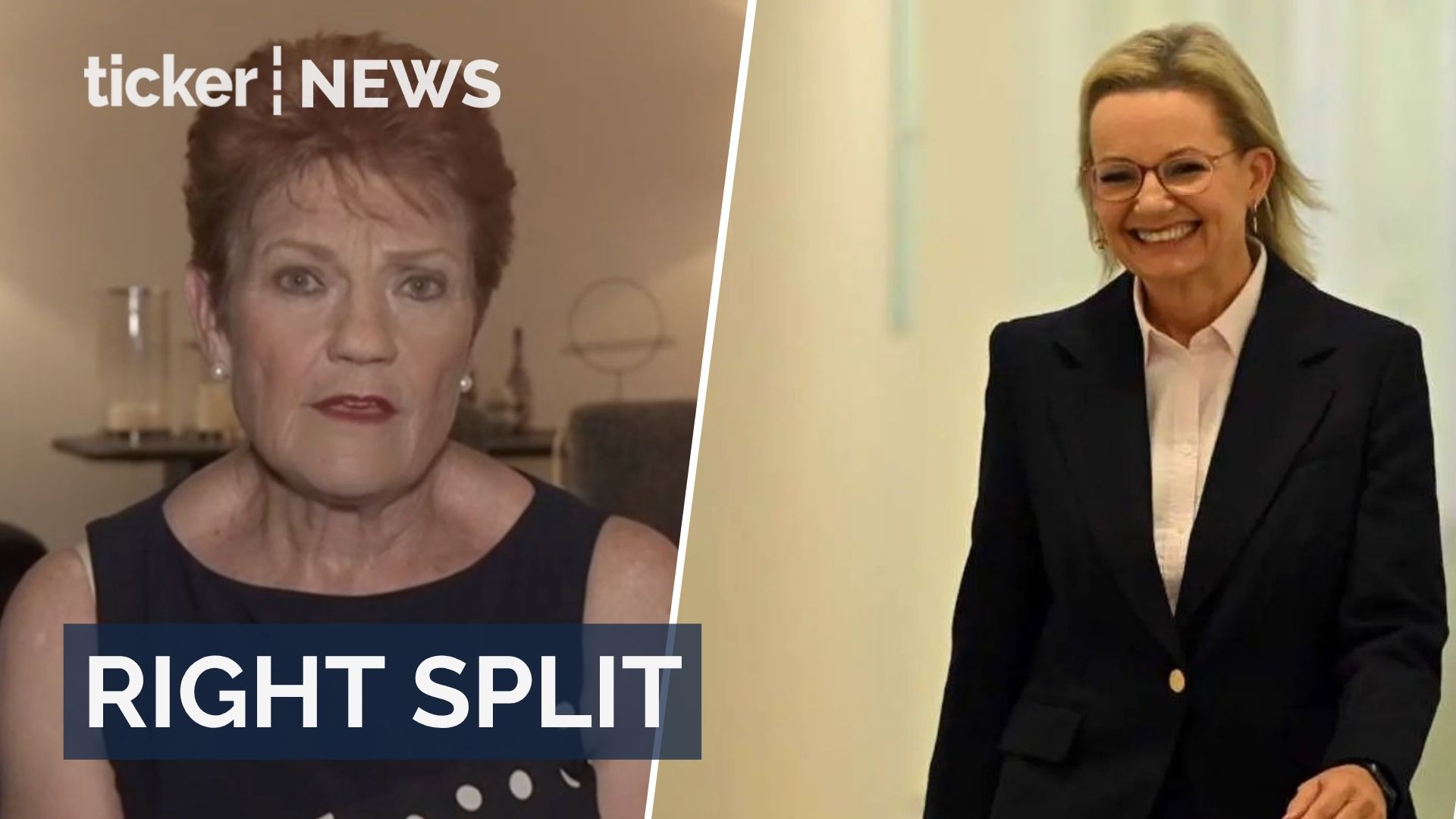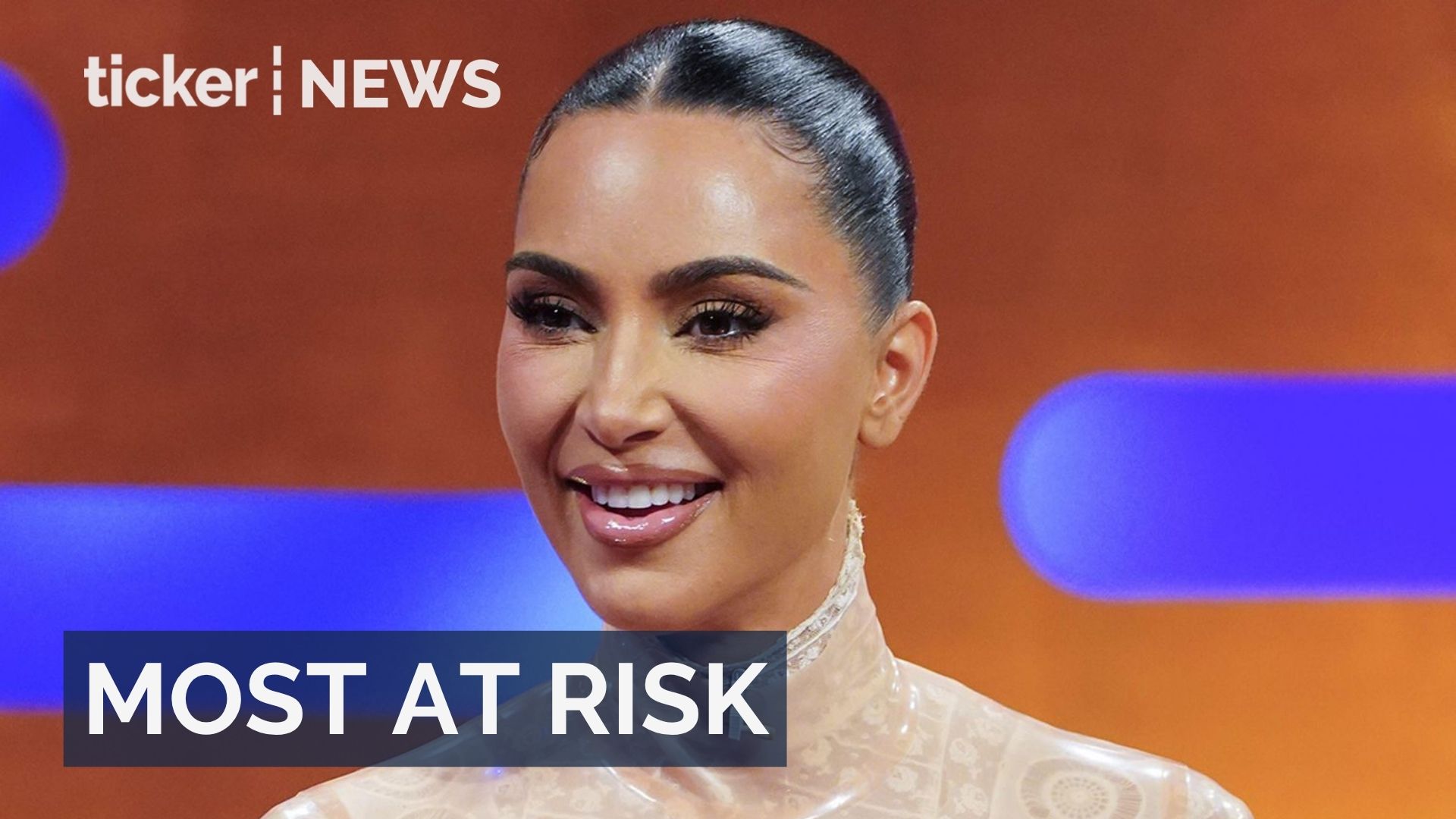The Coalition’s primary vote slumped four points to a record low 24% in the latest Newspoll, while One Nation was up four points to a record high 15%. One Nation also surged to 15% in an Essential poll.
The national Newspoll, conducted October 27–30 from a sample of 1,265 voters, gave Labor a 57–43% lead over the Coalition, unchanged from the previous Newspoll in early October.
Primary votes were 36% for Labor (down one point), 24% for the Coalition (down four points), 15% for One Nation (up four points), 11% for the Greens (down one point) and 14% for all others (up two points).
Analyst Kevin Bonham said the poll set or matched a few records:
- the worst Coalition primary vote ever in a public national poll
- a tie for the highest One Nation vote in a national poll, matching last week’s Essential poll
- the lowest combined vote for Labor and the Coalition in Newspoll history.
The Coalition’s previous worst primary vote was 27% in a mid-September Newspoll.
In the new Newspoll, Prime Minister Anthony Albanese’s net approval was down four points to -5, with 51% of voters dissatisfied with his performance and 46% satisfied.
Opposition leader Sussan Ley’s net approval slumped 13 points to -33; she has dropped 24 points since August.
Albanese led Ley by 54–27% as better prime minister, compared to 52–30% in early October.
This is the graph of Albanese’s net approval in Newspoll with a trend line. Labor easily won the 2025 election, despite his ratings being negative at the time.
Australia may be on a trajectory where One Nation overtakes the Coalition to become the main right-wing party. Far-right parties have already overtaken centre-right parties in some European countries.
In the United Kingdom, the Election Maps UK poll aggregate has the far-right Reform party leading with 30.5%, followed by Labour at 19.1%, the Conservatives at 17.5%, the Liberal Democrats at 13.4% and the Greens at 12.6%. With the UK’s first-past-the-post voting system, Reform would win a majority of House of Commons seats on this polling.
Even if One Nation overtakes the Coalition in Australia, the Australian Labor Party has a far higher primary vote than UK Labour. I expect Coalition preferences would favour One Nation, but as long as the combined vote for Labor, the Greens and left-leaning others holds up, One Nation wouldn’t win an Australian election.
Essential poll: One Nation surges to 15%
The national Essential poll, conducted October 22–26 from a sample of 1,041 voters, gave Labor a 50–44% lead over the Coalition by respondent preferences, including undecided voters. Labor’s lead was 51–44% in late September.
Primary votes were 36% for Labor (up one point), 26% for the Coalition (down one point), 15% for One Nation (up two points), 9% for the Greens (down two points), 8% for all others (up one point) and 6% undecided (steady).
By 2025 election preference flows, Labor would lead the Coalition by a more than 55–45% margin.
Albanese’s net approval was up three points in the Essential poll to +1, with 45% of respondents approving of his performance and 44% disapproving. Ley’s net approval was down two points to -11.
On Albanese’s October 20 meeting with US President Donald Trump in Washington, 37% thought it was good for Australia’s long-term interests, 18% bad and 26% said it would have no real impact.
On the direction the Liberals should take to provide an alternative government, 48% of total respondents said they should adopt more progressive positions, 24% more conservative positions and 28% thought they should maintain their current positions. Among only Coalition voters, 49% were in favour of more progressive positions, compared to 29% for more conservative.
Ley was thought best to lead the Liberals by 13% of total respondents, followed by Andrew Hastie and Jacinta Price at 10% each, with 42% unsure. Among only Coalition voters, Ley had 22%, Hastie 20% and Price 13%.
Overall, respondents supported Australia’s target to reach net-zero emissions by 2050 by a 44–27% margin. Among only Coalition voters, this support shrank to 38%, with 35% opposed.
Labor has big lead in NSW DemosAU poll
A New South Wales state poll by DemosAU and Premier National, conducted October 17–22 from a sample of 1,016 voters, gave Labor a 59–41% lead over the Coalition (compared to Labor’s lead of 54.3–45.7% at the March 2023 election).
Primary votes were 37% for Labor, 30% for the Coalition, 13% for the Greens and 20% for all others.
The next NSW election will be in March 2027. Before the May federal election, Labor had been struggling in the NSW polls, but the party has surged since then.
Labor Premier Chris Minns led the Liberals’ Mark Speakman by 44–25% as preferred premier in the poll. Cost of living was rated the most important issue by 36% of respondents, followed by housing affordability on 25%.
Upper house voting intentions were 30% for Labor, 21% for the Coalition, 15% for One Nation, 13% for the Greens, 5% for Family First and 3% each for Animal Justice and Legalise Cannabis.
Half of the 42 upper house seats will be up for election in 2027, using statewide proportional representation with preferences.
Polls of upper house voting intentions are rare in Australia and typically understate major party support. It’s unrealistic for the combined vote for the Coalition and Labor in the upper house to be 16 points below the lower house figure.
Queensland DemosAU poll has solid LNP lead
A Queensland state poll by DemosAU and Premier National, conducted October 13–20 from a sample of 1,006 respondents, gave the Liberal National Party (LNP) a 54–46% lead over Labor, a one-point gain for Labor since a July DemosAU poll.
Primary votes were 37% for the LNP (down three points), 29% for Labor (up one point), 14% for One Nation (up two points), 12% for the Greens (down one point) and 8% for all others (up one point).
LNP Premier David Crisafulli led Labor’s Steven Miles as preferred premier by a 44–32% margin.
On the biggest issue facing Queensland, 30% said lack of affordable housing, 27% cost of living and 20% crime. On the performance of the government on key issues, the LNP had net ratings of -36 on housing and -38 on cost of living, but a much better rating on crime (-2).
A recent Resolve Queensland poll had primary votes that implied a narrow Labor lead after preferences. This DemosAU poll is far better for the LNP.
Midterm elections in Argentina and Trump’s ratings slide
In Argentina’s midterm elections on October 26, far-right President Javier Milei’s Liberty Advances party made decisive gains in both chambers of the legislature, though it still remains short of a majority. I covered these elections for The Poll Bludger.
In the United States, Trump’s net approval rating in analyst Nate Silver’s aggregate of US national polls has dropped to -11.8 (with 54.6% of Americans disapproving of his performance, compared to 42.9% approving). This is down 4.2 points since October 20.
Trump’s falling approval ratings could be linked to the ongoing government shutdown in the US, which began on October 1 and is now poised to become the longest in US history, breaking the 35-day record set during Trump’s first term.
Voters will head to the polls on Tuesday in the US in several key elections, including the governorship in Virginia and New Jersey and the mayoral race in New York City. Democratic front-runner Zohran Mamdani has led independent candidate and former New York Governor Andrew Cuomo in the New York City race, though the polls have tightened in recent days.
I will follow the election results for The Poll Bludger.![]()
![]()
Adrian Beaumont, Election Analyst (Psephologist) at The Conversation; and Honorary Associate, School of Mathematics and Statistics, The University of Melbourne
This article is republished from The Conversation under a Creative Commons license. Read the original article.























